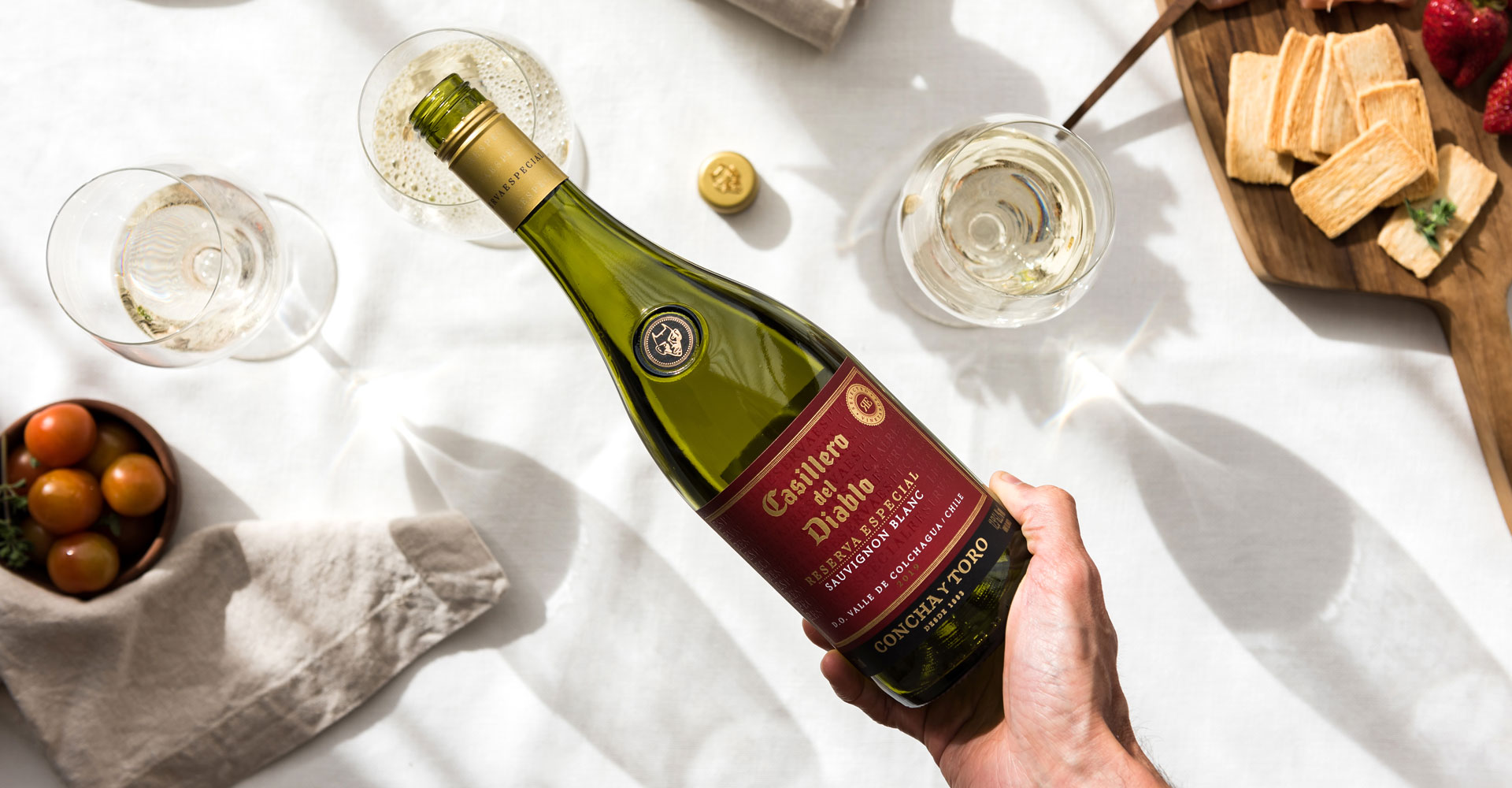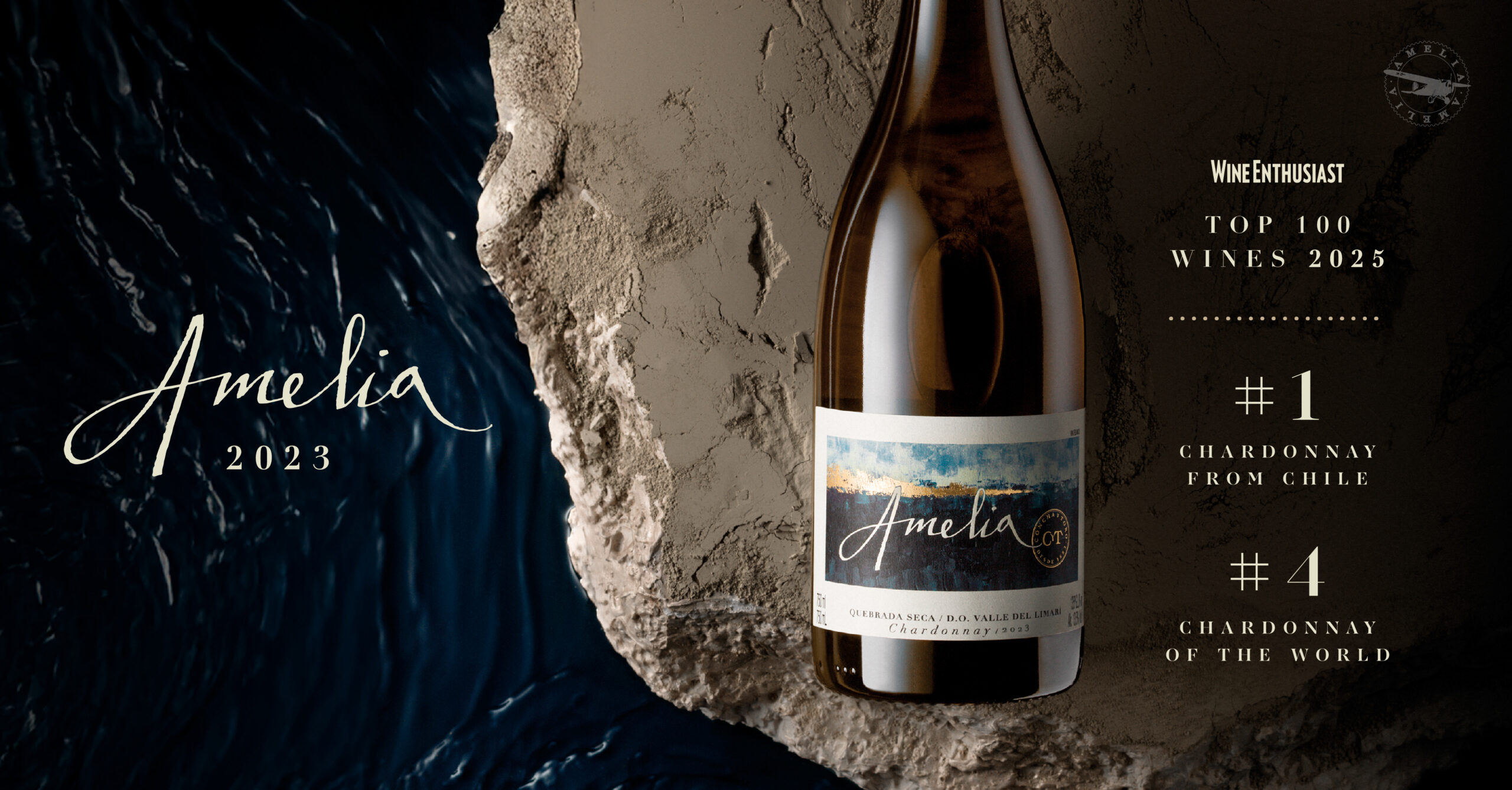29 de August de 2023
Corked wine or screw-capped wine – what’s the difference?
The romantic idea of drinking wine is generally associated with the image of uncorking the bottle. But what happens when there is no cork? Is it less romantic? Is the wine not as good? What’s the difference between wine sealed with cork and wine sealed with screw cap?
Most of the time we dedicate ourselves to analyzing what is inside the wine bottle, but this time we invite you to learn more about what is on the outside, in its container. Specifically, its type of sealing, an item that is too important for the conservation of a liquid such as wine that, being the product of fermentation, is a living drink.
In the history of wine, evidence has shown that the most used element for its closure has been the cork. Not as we know it today, of course, but in a more rustic and inefficient way. It started with the Greeks and the Romans, who later replaced it with pieces of wood wrapped in a cloth impregnated with olive oil. The typical fitted cork of today would have appeared thanks to the Benedictine monk Dom Pierre Perignon in the 17th century, who discovered that this was an excellent material for sealing sparkling wine bottles. It was from then on, that the cork evolved until it became the perfect cylindrical stopper that we know today.
Cork
The origin of cork is nothing less than the bark of a tree called Cork Oak (Querqus Suber). This grows mainly in the Mediterranean and North Africa, although the main producing countries are Portugal and Spain.
Among the benefits of cork, it stands out that it is a natural material that can be malleable, elastic and expandable, allowing the micro-oxygenation of the wine so that it continues with its evolution in the bottle and developing its aromas as happens with Carmín de Peumo or Marques de Casa Concha Heritage. And at the same time, it works as a hermetic closure.
However, since it is a natural product, it has some issues. First, it is a limited resource, also somewhat fragile, and then, perhaps the most important problem, is its susceptibility to TCA. Also known as “cork disease”, TCA consists of a chemical contamination that damages the wine due to the presence of chlorophenols, including trichloroanisole. What does this mean? The wine can obtain aromas of wet cardboard, humidity, in addition to bitter and unpleasant flavours.
Also read: Tell Me What You See And I’ll Tell You What You Drink
Screw cap
Considering that around 4% of the bottles in the world are affected by TCA, alternative wine closures appeared and were very welcome in the 80s, when the quality of the corks was not particularly consistent. In fact, it is said that the culprit is Peter Wall, an Australian who in 1964 commissioned the development of an alternative closure to a French company, which gave rise to the “Stelvin” aluminum stopper. At first, this screw cap began to be used for young wine and unoaked wines, but now in countries such as Australia and New Zealand, it is the most used closure for all types of wines.
Its main benefit over wine is that it really eliminates the possibility of the wine acquiring TCA while maintaining the aromas, flavours and freshness of the wine. They are also much cheaper to manufacture, and the bottle is much easier to open compared to the cork. But the most important thing is that the years have shown that the quality of the wine inside a bottle sealed with a screw cap practically does not deteriorate. However, by keeping the wine out of contact with oxygen, the evolution within the bottle that the cork does allow, does not occur. This is perhaps the main reason why the most traditionalists prefer the cork over the screw cap.
In any case, there are companies that have developed screw caps with various levels of “oxygen transmission rates”, which would make it possible to combat that argument. Today both alternatives are presented as two excellent closures for the wine. And which one do you prefer?











